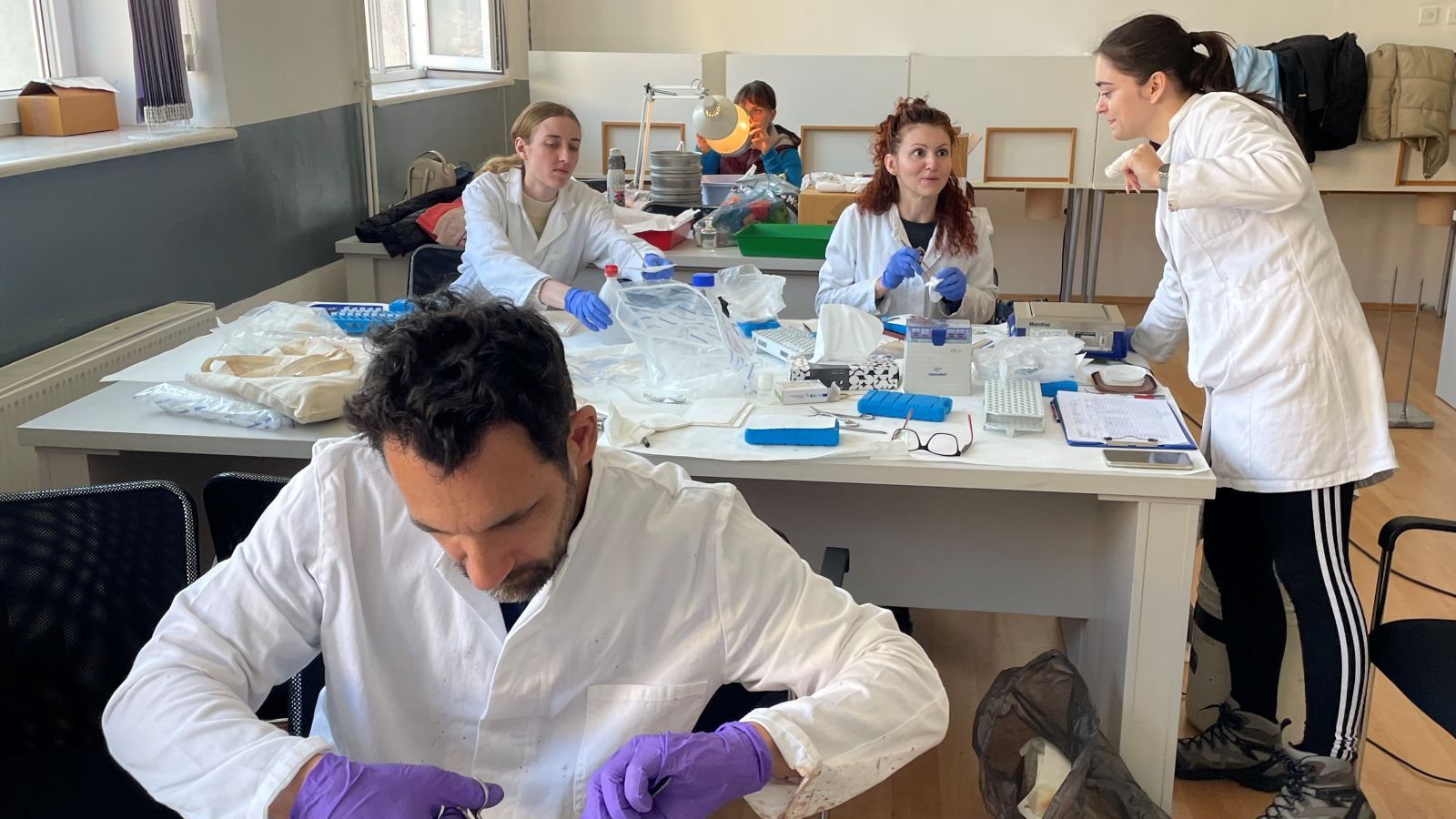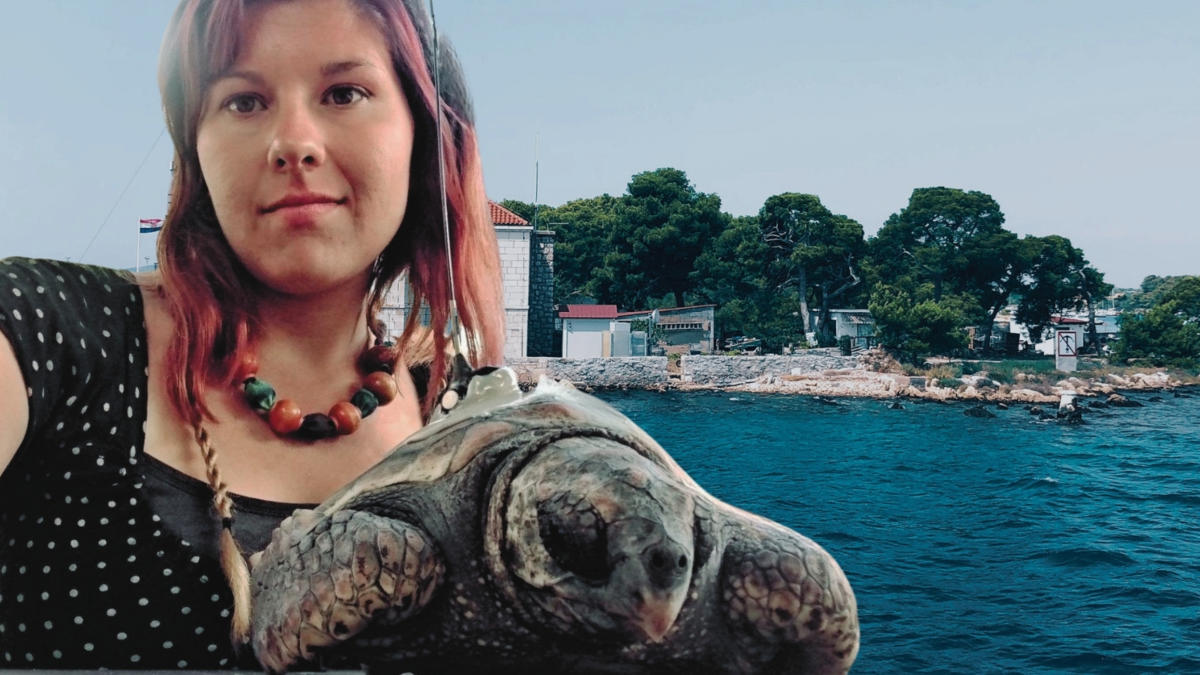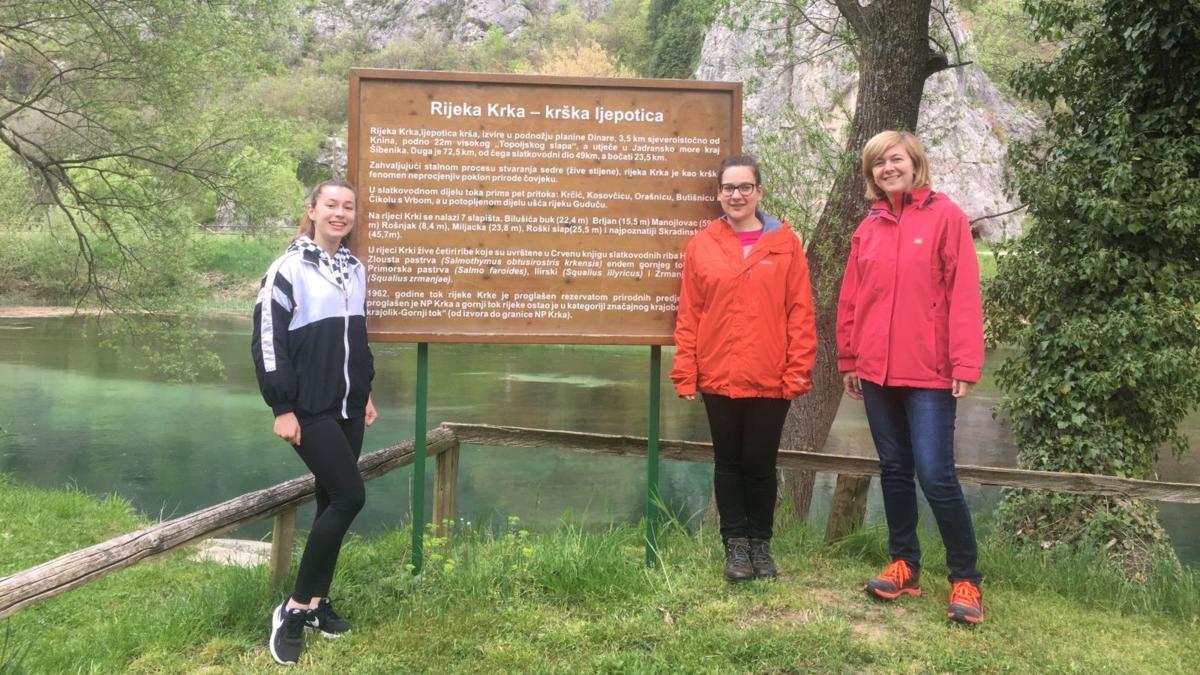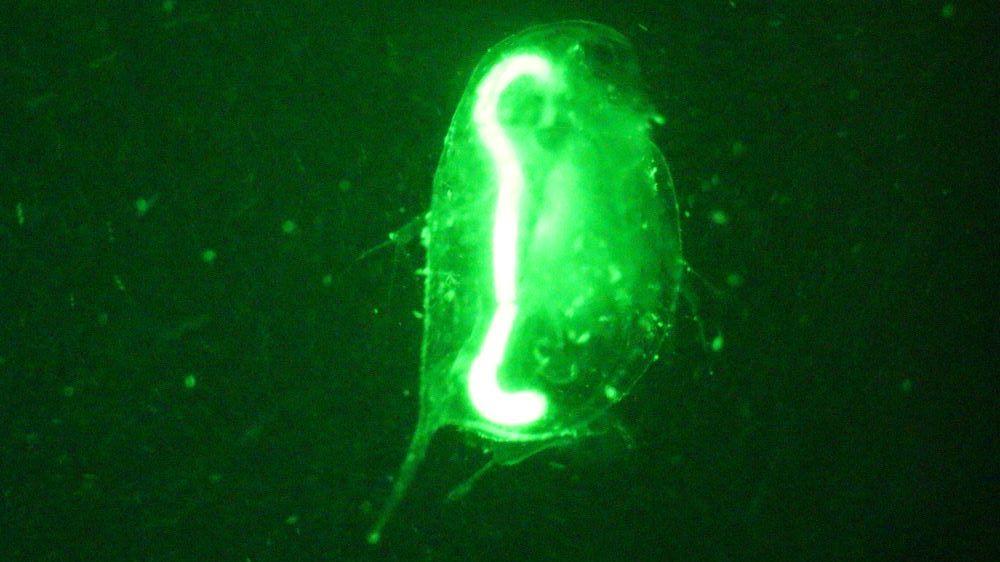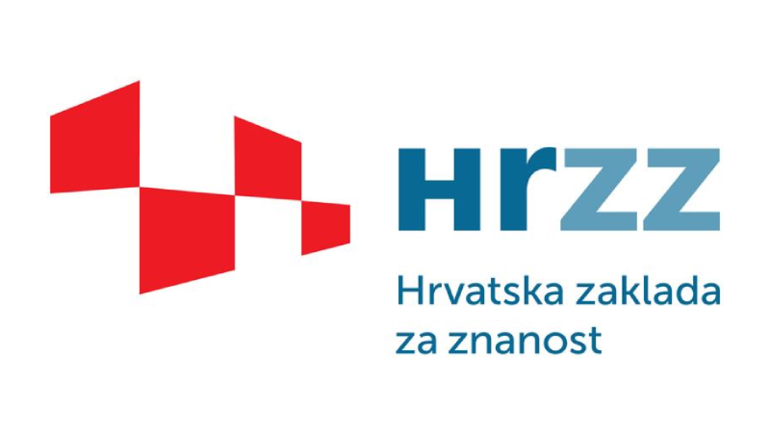At the Ruđer Bošković Institute (RBI), scientists are rigorously investigating the impact of plastics, especially microplastics, on the environment and human health. Most of this research is carried out at the Division of Marine and Environmental Research (ZIMO) in Zagreb and the Centre for Marine Research (CIM) in Rovinj.
When Plastic Becomes Invisible but Not Harmless
Scientists around the world are trying to understand how we have reached a point where microplastics are found in breast milk and plastic bags appear in the deepest parts of the ocean. In such an environment, the breakdown of plastic into microplastics and nanoplastics has become a pressing issue. These tiny fragments — smaller than 5 millimetres — easily enter the food chain, are ingested with food and pose a serious threat as they can bind harmful pollutants such as heavy metals and pesticides.
"Plastic is no longer just waste, but a long-lasting pollutant," says Dr Nina Marn from the Laboratory for Informatics and Environmental Modelling and lead researcher of the QPlast project. The project aims to quantify the physical, chemical and behavioural effects of plastic on organisms in the aquatic and terrestrial environment.
Using advanced modelling tools dynamic energy budget (DEB) models —the researchers are working to predict how plastic affects the energy uptake, growth, behaviour and even reproduction of living organisms. In other words, they are asking: What is the true ecological cost of plastic?
"With this project, we want to show that it is possible to link the different effects of plastic in nature, and that interdisciplinary tools are essential to really understand the damage plastic causes," adds Dr Marn.
The Krka River Under the Microscope
In the heart of the Croatian Karst region, the Krka River serves as a natural laboratory for the PlastOrgAnoTox project, which is funded by the Croatian Science Foundation. This project is investigating the presence and effects of microplastics in water, sediments and organisms— - from trout living in the river at the source to bream and mussels near the mouth of the river.
The project is led by Dr Vlatka Filipović Marijić from the Laboratory for Biological Effects of Metals, who explains: "We are analysing both wild and farmed organisms and conducting controlled exposure experiments to determine how microplastics — and the other pollutants they carry — affect biological changes in aquatic organisms and thus also in human food sources."
dr. sc. Vlatka Filipović Marijić i suradnici.
A particularly novel aspect of this research is the use of fish intestinal parasites as a model for studying the uptake of microplastics. "This opens up a completely new perspective for proving whether microplastics can migrate through an organism — and in the case of parasites, whether they are transferred from the host to its internal microecosystems," says Dr Filipović Marijić.
Water Fleas as Guardians of the Ecosystem
In the same laboratory, a tiny freshwater crustacean, Daphnia Magna, commonly known as the water flea, is the focus of Dr Tatjana Mijošek Pavin's research.
Water fleas are ideal model organisms as they form the link between algae as the primary producers, and fish as the top consumers, in aquatic food webs and are extremely sensitive to environmental changes. Research is focussing on the combined effects of microplastics and chemical pollutants such as polycyclic aromatic hydrocarbons (PAHs), which are often "attached" to plastic particles. The combination of these stress factors can have cumulative consequences for entire ecosystems, even in protected areas such as the Krka National Park.
Vodenbuha u crijevu ribe.
"What is particularly worrying is that plastic rarely occurs alone in the environment, but often combines with hazardous chemicals such as PAHs. Immobilisation tests with water fleas show the extent to which the combined effects of microplastics and pollutants differ from their individual effects, whether their combined toxicity is greater or less than the sum of their parts," explains Dr Mijošek Pavin.
Plastic Pollution Is More Than Just a Waste Problem
Plastic is not just a discarded item, but becomes a chemically and biologically active substance in nature that alters ecosystems and can affect human health. Globally, only 9% of the plastic produced is recycled, while the vast majority ends up in the environment, where it persists due to its longevity. Microplastics are no longer an invisible threat, it is a scientific fact that is increasingly difficult to ignore.
RBI scientists demonstrate that solutions lie in science, collaboration and an interdisciplinary approach, that combines laboratory experiments, environmental modelling, field research and evidence-based policy making.
A Call to Action
On the occasion of World Environment Day, the Ruđer Bošković Institute is calling on citizens, scientists, policy makers, educators and industry leaders to work together for environmentally sound, science-based policies.


